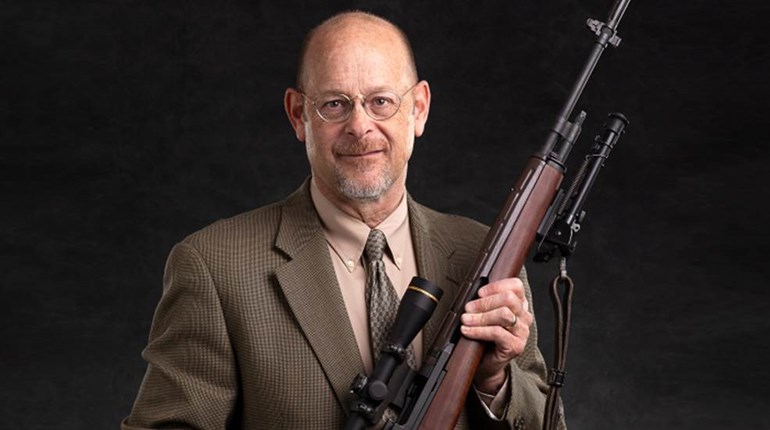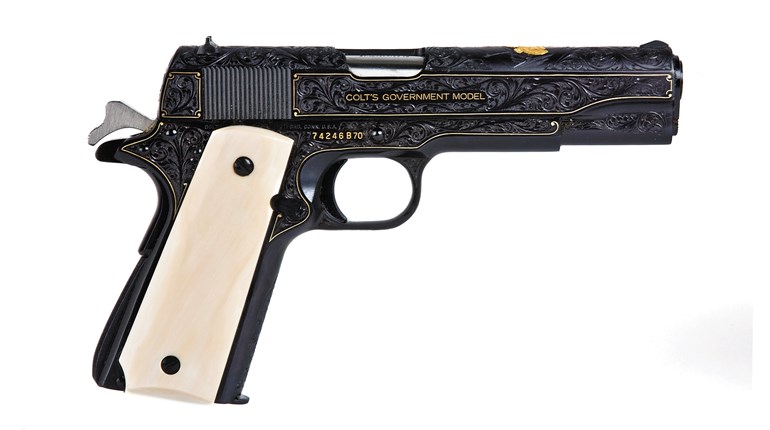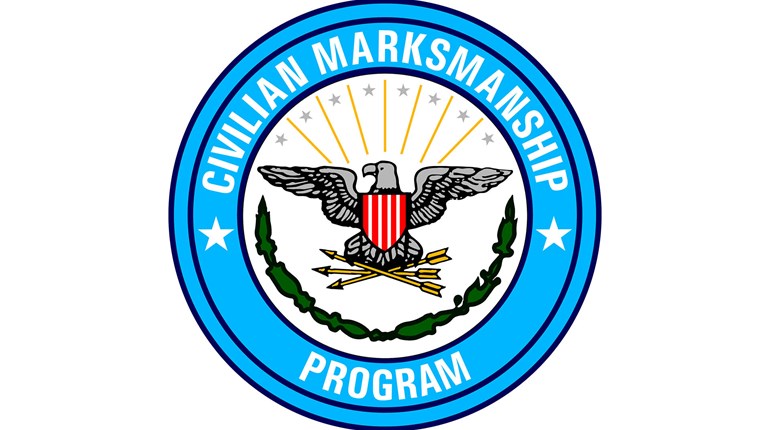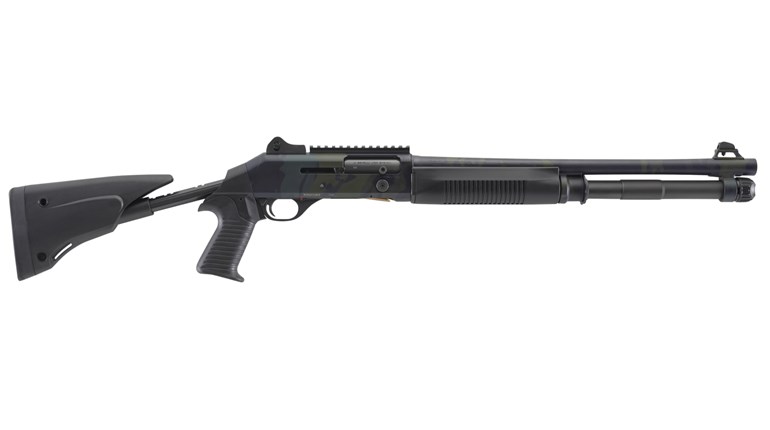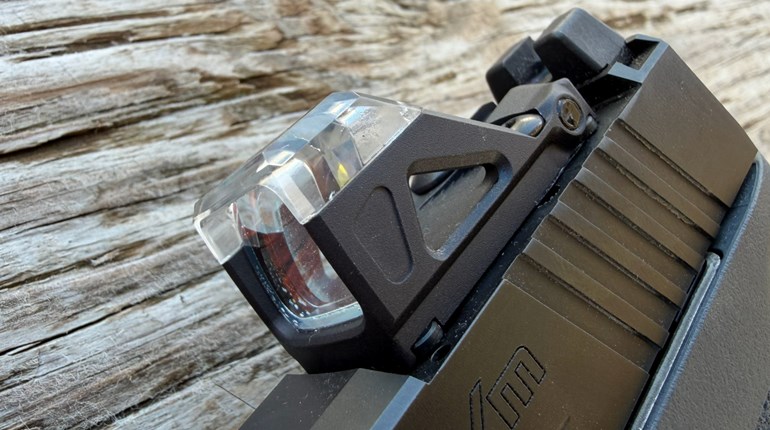
A decision has been made and our military services are in the early stages of transitioning to a new service pistol. The M9 Beretta is to be supplanted by the M17 and M18 from SIG Sauer. As you might have witnessed in the M1911A1 to M9 transition, the road to change is once again a rocky one. But, I am confident it will happen, and I genuinely believe the troops are getting a step up in their armament.
Nobody in the service who wanted to talk to me had much good to say about the M9, and every special-missions unit out there had a gaggle of reasons why they needed something else. When the M9 came out, I bought one and fired several thousand rounds through it without problem. That’s a moot point now. Another matter is determining the real need—if any—for pistols in modern warfare. Since I am a lifelong handgun guy, I’m guessing all my regular readers are betting a strong positive for the answer to my own rhetorical question. But, stick with me, it’s an interesting subject.
This grand old republic has a long history of arming its military personnel with handguns. Repeating handguns were in existence and widespread use before practical repeating longarms even existed. In particular, the various pre-Civil War models of the Colt revolver (Patersons, Dragoons, etc.) were welcomed with open arms. There is one strong reason why: It was a horse-drawn world in those days, and a gun that could be fired with one hand was valuable.
One hand was occupied with managing the horse while the other ran the fightin’ iron. Because of the constraints imposed by time and space in the Civil War, there was a disproportionate number of cavalry—as opposed to infantry—formations. Every cavalry soldier got a repeating revolver and a single-shot carbine as well as a saber. By default, the revolver was the most used and, therefore, it is safe to describe all those six-shooters as strategically significant firearms.
“Every hand a pistolero” was a mantra of the U.S. Cavalry clear up to the 1930s when the horse cavalry finally grew obsolete. When confronted with the possibility of a sudden attack at close range, all sorts of fighting units are well-served with a pistol on every hip. You see, when a certain cavalry officer named John J. Pershing took his extensive experience with close combat with him as commanding general of all American troops in World War I, he saw the need for pistols. Pershing had led the punitive expedition into Mexico after Pancho Villa and knew that horse soldiers required handguns.
He also saw the trench warfare that his troops would face in Europe, where fighting was in very deep, but very narrow trenches. A service rifle—’03 or ’17—was hard to maneuver here, but a pistol was ideal. Accordingly, he ordered up enough pistols for everyone. Eventually, the AEF (American Expeditionary Force) grew to a strength of close to 2,000,000 men. Although American industry tried, it was unable to make enough 1911s to fulfill the order. By the time the war ended, Colt, the Springfield Armory and other contractors had built almost 600,000 M1911 .45 pistols. Colt and Smith & Wesson managed about 300,000 1917-pattern .45 ACP revolvers.
We have thus far established a strong history of handgun use in our military service. As you might imagine, the latter half of the 20th century was no more peaceful than the initial. We have seen our military services deployed over most regions of the world and we were well served by the 1911 and a few other models. Early in this period, the U.S. Army began the practice of providing its generals with a specially finished pistol. Initially, the guns were Colt Pocket Models chambered in .32 ACP or .380 ACP, but evolved into the custom 1911s or the M9s of today. The handguns were provided with an elegant leather belt and holster. They were handsome guns and were quite distinctive as a literal badge of office, as well as sidearms. Some may have been fired in actual defense of life.
We have been involved in constant combat for nearly 20 years. Units of all our services deploy to hotspots all over the globe. Most noticeably, they’ve gone to Iraq and Afghanistan, but the various Special Operations guys work almost anywhere. The nature of the fighting seems to be quite varied, but a lot of it is close-quarters stuff, where an immediately available firearm can be decisive.
But, no story can match the one about a U.S. Army officer and commanding general of the 24th Infantry Division. MG William Dean’s command was nearly destroyed in those first frantic weeks of the Korean War. Understaffed and overused, his hastily organized division broke down in the face of the North Korean onslaught and heavy casualties. A steady soldier, Dean led from the front. He ended up fighting as a plain infantry soldier, at one point getting close enough to a T-34 tank to slip a hand grenade into it.
Dean rescued several soldiers and continued to lead them southward. After being severely injured in a fall, he became separated from his fellow Soldiers, but continued to evade capture. Alone for more than a month, Dean fought with his M1911A1 when the Koreans ran him to ground, but it was not enough. The North Koreans captured him and he was the highest-ranking U.S. officer captured in the war. His biography relates the whole tale of how an exceptional man survived and endured.
There will always be room for sidearms in the armory—every combatant needs essential fightin’ iron.












